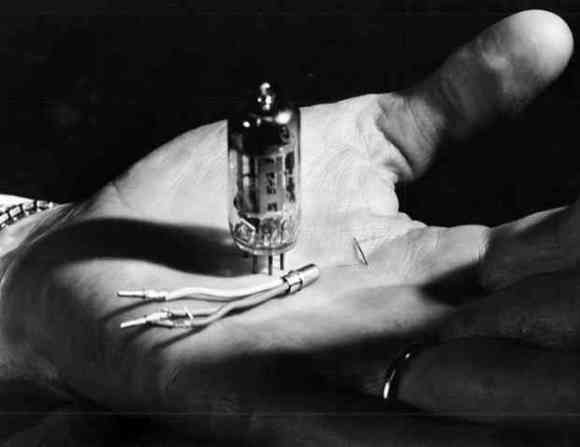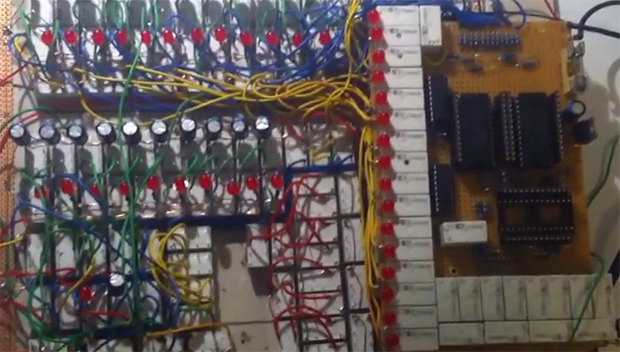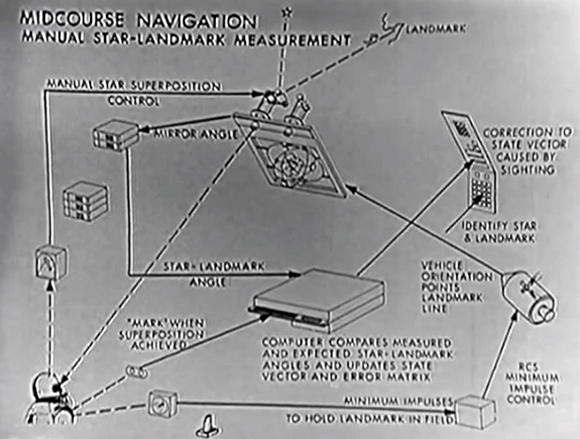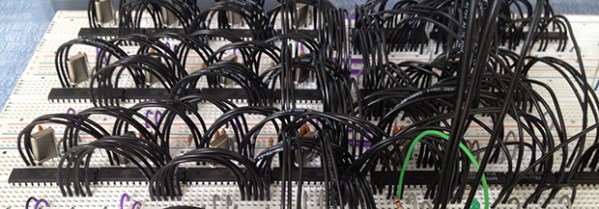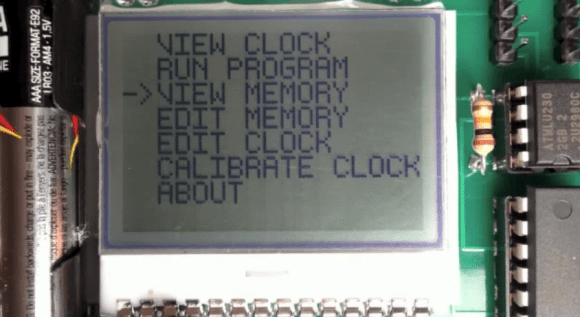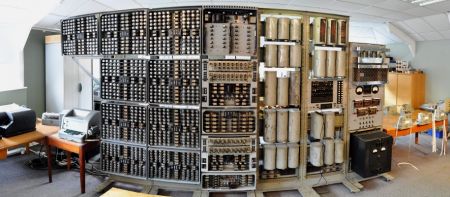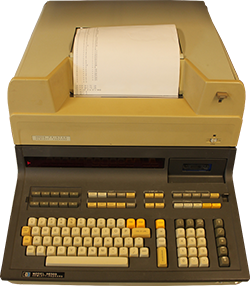 The early days of modern computing were downright weird, and the HP 9830B is a strange one indeed: it’s a gigantic calculator, running BASIC, on a CPU implemented over a dozen cards using discrete logic. In 2014 dollars, this calculator cost somewhere in the neighborhood of $50,000. [Mattis] runs a retrocomputer museum and recently acquired one of these ancient machines, and the walkthrough of what it took to get this old machine running is a great read.
The early days of modern computing were downright weird, and the HP 9830B is a strange one indeed: it’s a gigantic calculator, running BASIC, on a CPU implemented over a dozen cards using discrete logic. In 2014 dollars, this calculator cost somewhere in the neighborhood of $50,000. [Mattis] runs a retrocomputer museum and recently acquired one of these ancient machines, and the walkthrough of what it took to get this old machine running is a great read.
There were several things wrong with this old computer when it arrived: the keyboard had both missing key caps and broken switches. The switches were made by Cherry, but no one at Cherry – or any of the mechanical keyboard forums around the Internet – have ever seen these switches. Luckily, the key cap connector isn’t that complex, and a little bit of bent wire brings the switches back up to spec. The key caps were replaced from a few collectors around the globe.
Getting as far as booting the machine, [Mattis] found some weirdness when using this old calculator: the result of 2+2 was 8.4444444, and 3+1 was 6.4444444. Simply pressing the number 0 and pressing execute resulted in 2 being displayed. With a little bit of guesswork, [Mattis] figured this was a problem with the ALU, and inspecting the ROM on that board proved to be correct: the first 128 nibbles of the ROM were what they were supposed to be, and the last 128 nibbles were the OR of the last half. A strange error, but something that could be fixed with a new replacement ROM.
After hunting down errors with the printer and the disk drive, [Mattis] eventually got this old calculator working again. For such an astonishingly complex piece of equipment, the errors were relatively easy to hunt down, once [Mattis] had the schematics for everything. You can’t say that about many machines only 10 years younger than this old calculator, but then again, they didn’t cost as much as a house.

